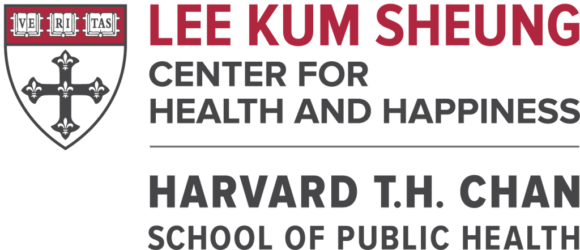Citation: Bartone, P. T., Ursano, R. J., Wright, K. M., & Ingraham, L. H. (1989). The impact of a military air disaster on the health of assistance workers. Journal of nervous and mental disease, 177(6), 317-328.
PMID or DOI: PMID: 2723619m DOI: 10.1097/00005053-198906000-00001
Main positive psychological well-being construct measured: Dispositional resilience/hardiness personality style
Sub-constructs measured: Commitment, challenge and control
Available subscales: N/A
Description: The DRS is a measure of hardiness, a personality trait influencing how people cope with stressful circumstances. Hardiness encompasses three closely related dispositional tendencies: a) commitment – a sense of meaning and purpose to one’s self, others, and work, b) control – a sense of autonomy and ability to influence one’s own destiny, and c) challenge – a sense of zest for life that leads one to perceive changes as exciting and opportunities rather than threats to security or survival.
Number of items: 45
Example statement/item: “I like it when things are uncertain or unpredictable”
Response options: 4-point scale response, Not at all true=0, A little true=1, Quite true=2, Completely true=3
Total score: Total items are summed, yielding a range from 0 to 135. 15 items are regularly coded, while 30 are reverse-coded. Higher scores indicate greater hardiness or dispositional resilience.
Abbreviated versions:
Dispositional Resilience Scale-30 item: Bartone P: Development and validation of a short hardiness measure. Paper presented at the annual convention of the American Psychological Society. Washington DC 1991.
Dispositional Resilience Scale-15 item: Bartone, P. T. (2007). Test-retest reliability of the dispositional resilience scale-15, a brief hardiness scale. Psychological reports, 101(3), 943-944.
Examples of studies that link to health outcomes:
Bartone, P. T., Valdes, J. J., & Sandvik, A. (2016). Psychological hardiness predicts cardiovascular health. Psychology, health & medicine, 21(6), 743-749.
